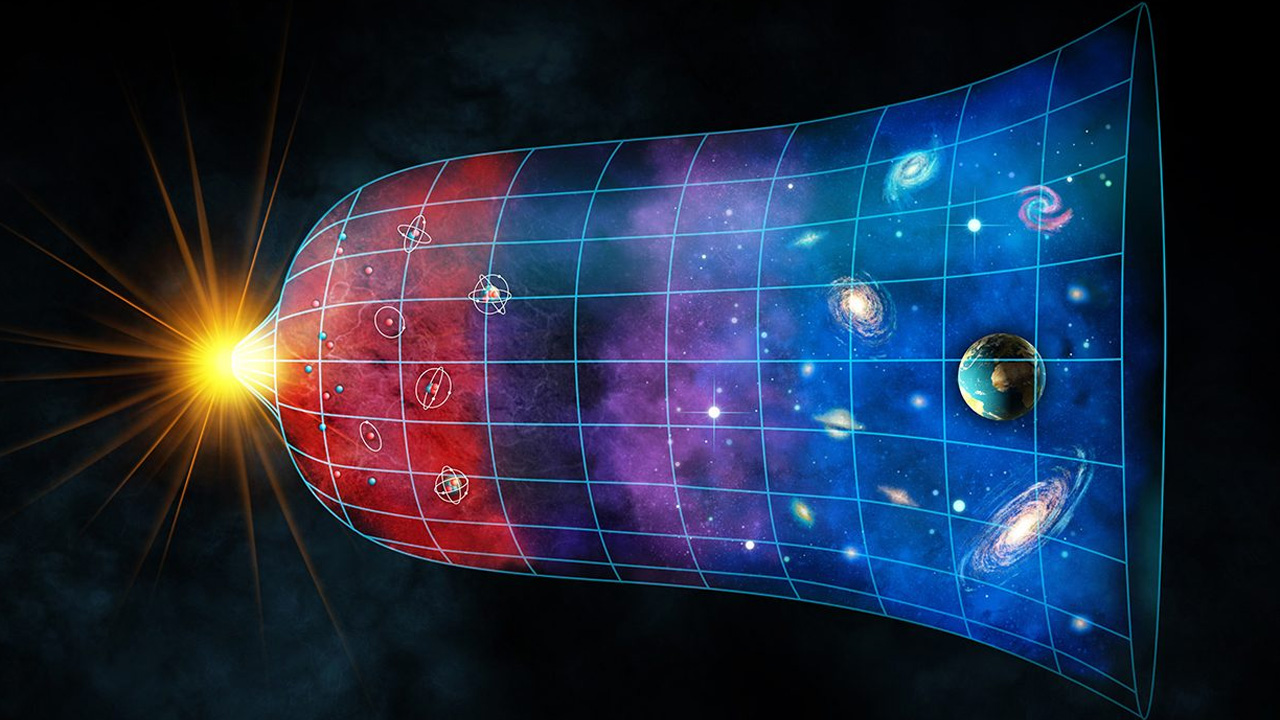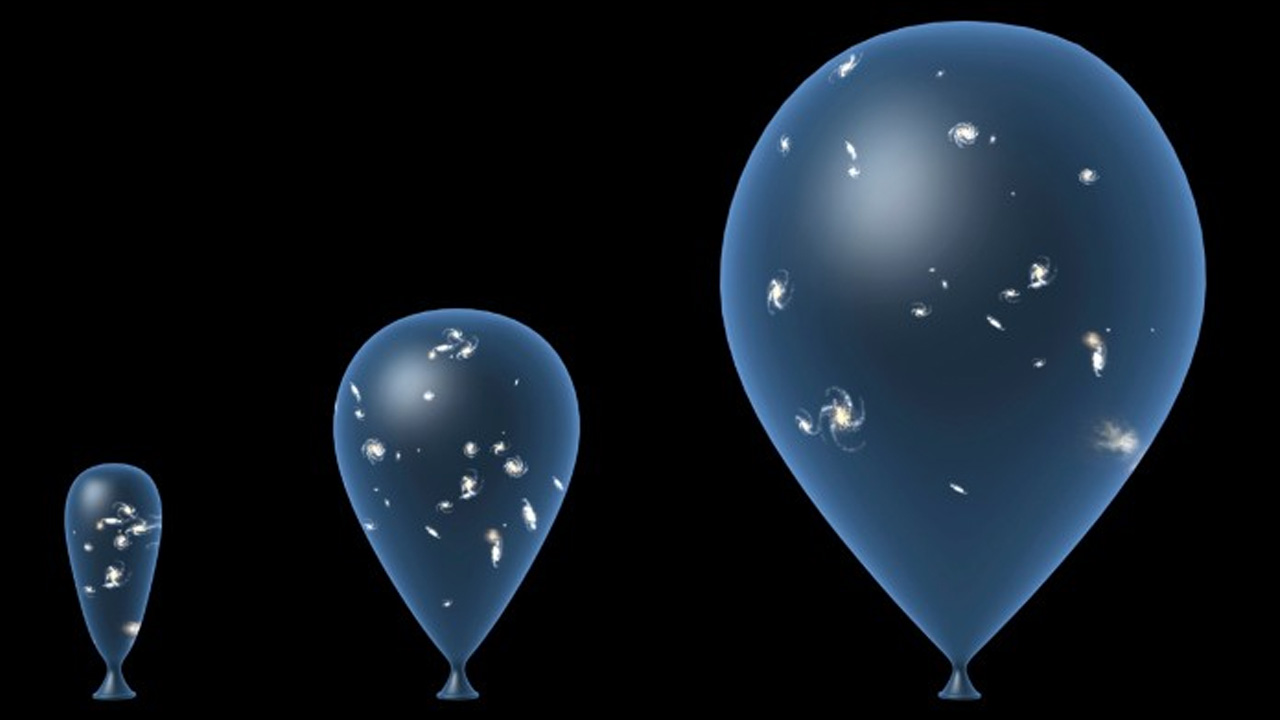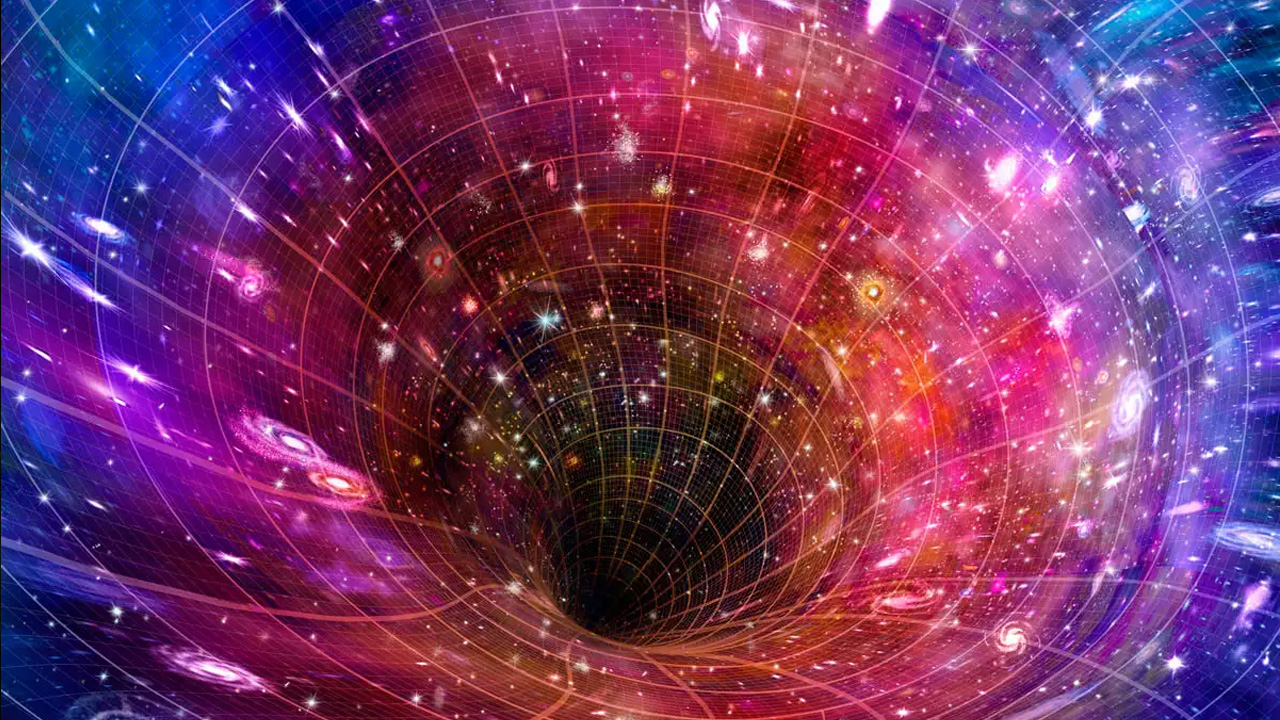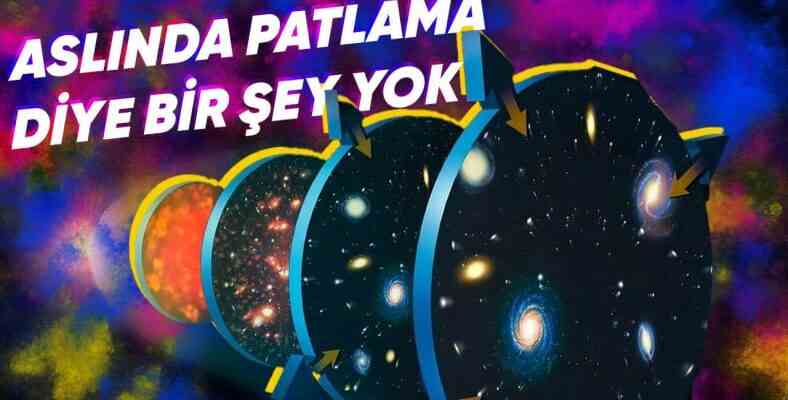If the Big Bang happened, it must have been a wreck, right? But does such a wreck really exist? The Big Bang is actually not what you imagined, and today we’re going to tell you the facts.
There have been huge explosions in the world. Our world witnessed huge explosions, while atomic bombs made by humans and the gigantic meteor that destroyed the dinosaurs. But now forget all these explosions and forget about the first moment of our known universe, namely Imagine the Big Bang.
What scene comes to your mind? An explosion trillions of times bigger than a human’s eyes can witness? Such an explosion would Think of light, heat, and destructive power. Such a big explosion should leave some debris behind, right? So is it really so? Where exactly did the Big Bang occur? Then open the song I have chosen for you and embark on a journey about our universe that you may have never thought of.
The Big Bang was actually nothing like we expected.
In fact, when we say Big Bang, what everyone dreams of may not have been fully realized. The reason why people think this way is because this event is called the “Big Bang”. There is no crater left behind by the universe because, as we predicted, a There was no explosion. It may have been disappointing to learn about it this way, but what really happened It was an expansion, not an explosion.
How did the term Big Bang come about?
We said that the term Big Bang, that is, the Big Bang, does not exactly correspond to it. In fact, the term is used by a British Physicist who participated in a radio program called “The Nature of Things” broadcast on the BBC in 1949. Fred HoyleIt comes from his speech.
The Big Bang is actually a cosmological model that explains expansion from a point called the “singularity point”.
According to the theory accepted by scientists, the universe came from a hot and dense point, that is, at a certain time. expands from the singularity point.
We know where the Big Bang happened, even though the explosion didn’t happen. Moreover, we are very close.

Maybe there wasn’t an explosion too big to fit our dreams, but you might still ask where is this singularity point? We have an answer for that: Big Bang, right now It took place in the area you are reading these lines. Or, as I write these lines, the Big Bang took place in the area where our Sun stood while calmly keeping the planets in its orbit.
RELATED NEWS
What would be the consequences if Earth had not one but two suns?
Imagine a balloon covered with dots.

Our universe might seem like it’s expanding like an explosion ejects matter, but it’s actually It would be much more accurate to imagine the universe as a balloon. Imagine our universe as a bubble with the Earth, the Sun, you, the Andromeda Galaxy, and everything else in the universe as points. While the balloon is not yet inflated, all those dots are next to each other. When inflated, they constantly move away from each other.
We see the universe as a field that is constantly expanding into something else, but actually the universe is expanding as a whole. For this reason, not only the elements we know were present in the place where the Big Bang was located, but that giant space between the two galaxies, millions of light years in size, was also present in the Big Bang. was in the singularity.
RELATED NEWS
Why Can’t the Temperature Drop Below -273 °C While It Can Reach Billions of Degrees?
We were there with everything that made us up.

To sum it all up What we call the Big Bang was closer to us than we thought. The atoms that make up the eyes that allow you to see, the chair you are sitting in, the Earth that is a home to us, the Sun that warms our Earth, everything we see or cannot see in our observable universe, witnessed that moment.
Knowing that the stars and galaxies that we have to travel at the speed of light for millions of years to reach today are next to us at a certain point can make one feel strange. What are your thoughts on this? Let’s meet in the comments.
Sources: Forbes, PHYS, Ask an Astronomer, Futurism
